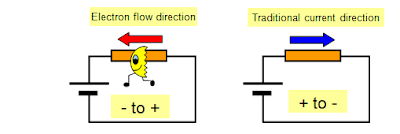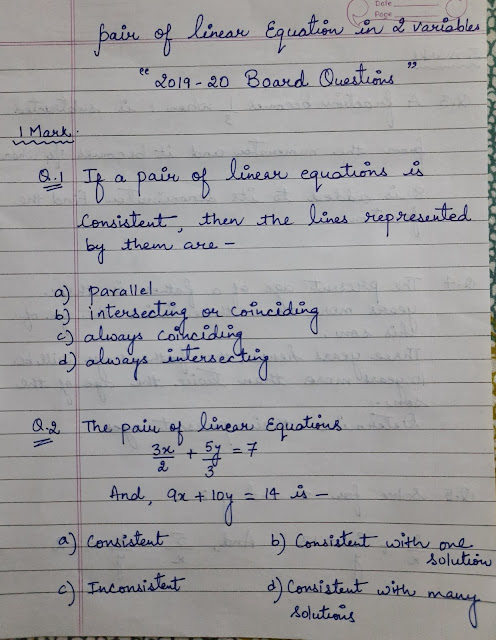ARMY PUBLIC SCHOOL, GOLCONDA
Class 9 – Physics -
Ch 8 – Motion
(WORKSHEET - 2)
Subtopic –
·
UNIFORM & NON-UNIFORM MOTION.
·
Graphical representation of
DISTANCE-TIME
Fill in the blanks
1. The motion of the earth around the sun is ___________ (uniform /non-uniform).
2. When a stone falls from a height, its motion is ___________ (uniform /non-uniform).
3. A car
travels 10 km in every 5 minutes; its motion is ___________ (uniform /non-uniform).
4. In
___________ (uniform /non-uniform) motion, object travels with uniform speed/velocity.
5. In the
story of hare-tortoise, motion followed by rabbit is ___________ (uniform /non-uniform).
6. In
___________ (uniform /non-uniform) motion, object travels with variable speed/velocity.
7. In uniform motion,
distance.-time graph is a ___________ (straight
/curved) line.
8. In non-uniform motion,
distance.-time graph is a ___________ (straight
/curved) line.
9. In uniform motion,
slope of distance.-time graph is nothing but ___________ (speed /distance).
10. In distance.-time graph time is represented on ___________ (horizontal /vertical)
axis and distance is represented on
___________ (horizontal /vertical) axis.
MCQs
1.
If the time-displacement graph of a particle is
along X-axis, the velocity of particle is-
(a) unit value (b)
zero
(c) infinite (d)
none of these.
2.
Which of the Following time-displacement
graph does not present a real situation-
(a)  (c)
(c)
(b)  (d)
(d)
3.
The given time-displacement graph shows that
body is at-

(a) rest (b)
non-uniform motion
(c) uniform motion (d)
none of these
4.
In the given time-displacement graph the
distance covered by body B in 2 seconds-

(a) 100 (b)
200
(c) 50 (d)
150
5.
In the given time-displacement graph the
distance covered by body A in 2 seconds-

(a) 100 (b)
200
(c) 50 (d)
150
Q & A’s
1.
Define uniform motion with
example.
2.
Define non-uniform motion
with example.
3. Distinguish
between uniform and non-uniform motion.
4. What
are the uses of graphical study of motion?
5. What
is the nature of the distance-time graph for uniform and non-uniform motion of
an object?
6. What
can you say about the motion of an object whose distance-time graph is a
straight line parallel to the time axis?
7. Show
that the distance-time graph gives speed/ velocity of the body.
(Hint: find slope).
8.
What does the path of an object look like on
distance-time graph when it is in-
·
Uniform motion
·
Non-uniform motion
·
Rest or a stationary body
9. The following tables give data about motion of an
automobile –
|
TIME
(seconds)
|
9.00
|
9.30
|
10.00
|
10.30
|
11.00
|
11.30
|
|
DISTANCE
(
meter)
|
0
|
30
|
30
|
45
|
60
|
100
|
|
|
|
|
|
|
|
|
·
Plot the distance-time graph
·
Is the automobile’s motion is an example of uniform or
non-uniform motion?
10.
Plot distance-time
graph of the given data. And calculate speed for each case.
A)
|
Time (s)
|
0
|
1
|
2
|
3
|
4
|
5
|
6
|
|
Distance(m)
|
0
|
10
|
20
|
30
|
40
|
50
|
60
|
B)
|
Time (s)
|
0
|
1
|
2
|
3
|
4
|
5
|
6
|
|
Distance(m)
|
0
|
8
|
16
|
24
|
32
|
40
|
48
|
11.
The following data
gives the displacement of body at various instant of time.
|
Time (s)
|
0
|
1
|
2
|
3
|
4
|
5
|
6
|
|
Distance(m)
|
2
|
4
|
6
|
8
|
10
|
12
|
14
|
·
Calculate velocity.
·
Calculate distance travelled in first 4 seconds?
·
Calculate distance travelled in last 4 seconds?
12.
If the body is at rest then the path followed by it on
distance-time graph will be given by which line (A or B)? Why is it so,
explain.
13.
Name two quantities, the slope of whose graphs gives
“speed”. Show graph as well.
14.
The distance-time graph of two trains is given here. The
train starts simultaneously in the same direction.
·
How much ahead of A is B when the motion starts?
·
What is speed of A and B?
·
When and where A will catch B?
·
Is the motion of both trains – uniform or non-uniform?
Justify your answer.
15.
The given figure
gives the distance-time graph of three objects A, B and
C. Study the graph and answers the following questions.
·
Which of the three is
travelling the fastest
·
Are all three ever at
the same point on the road?
·
How far has C
travelled when B passes A?
·
How far has B
travelled by the time it passes C?


















